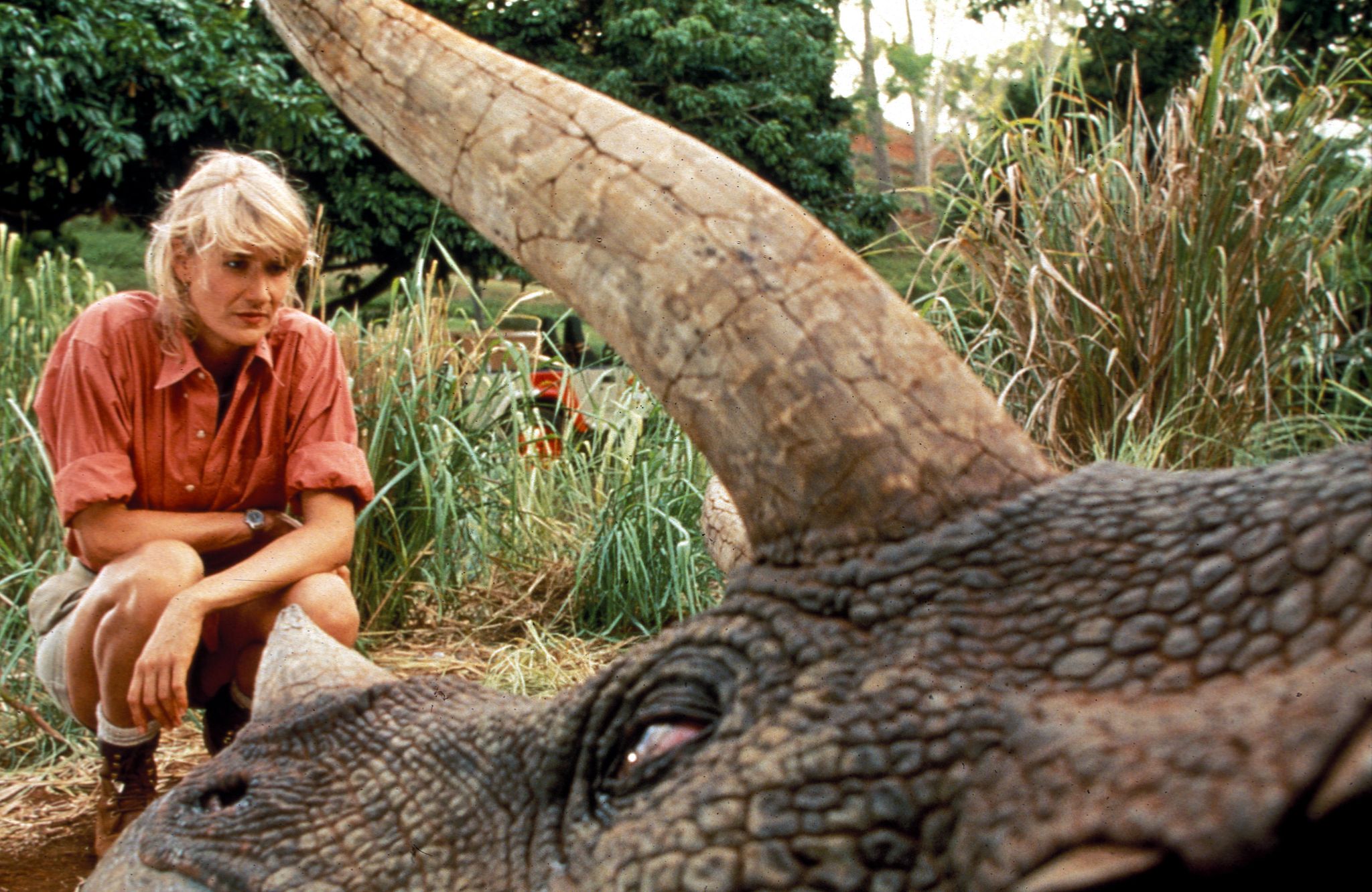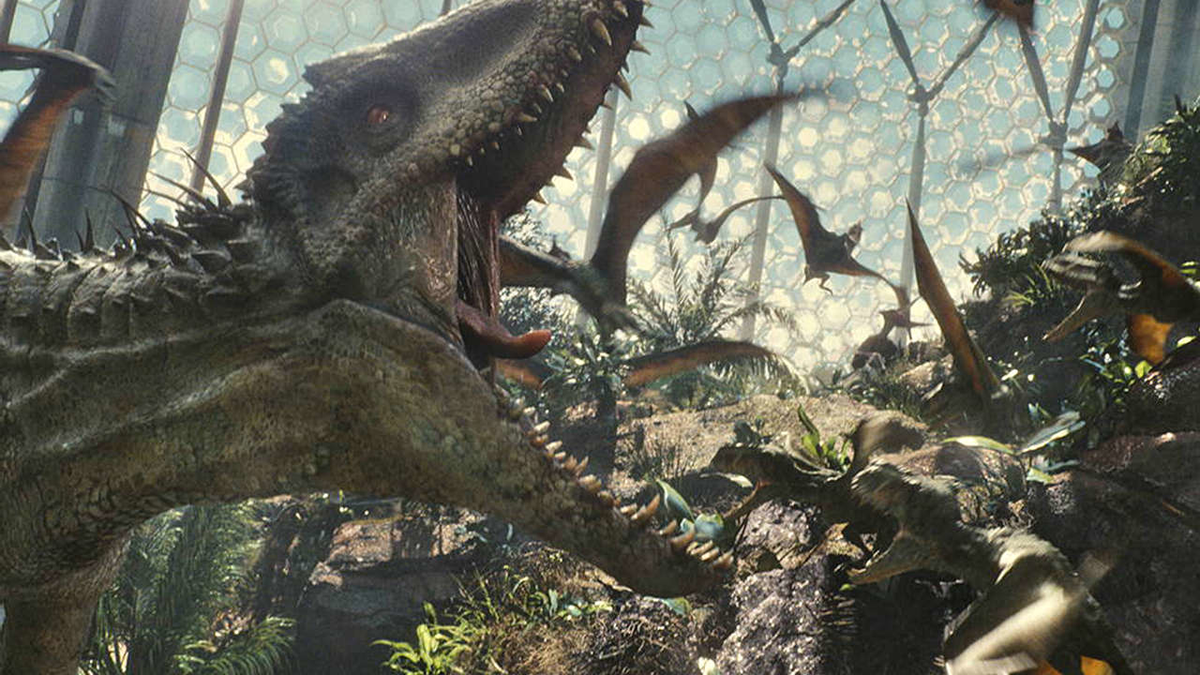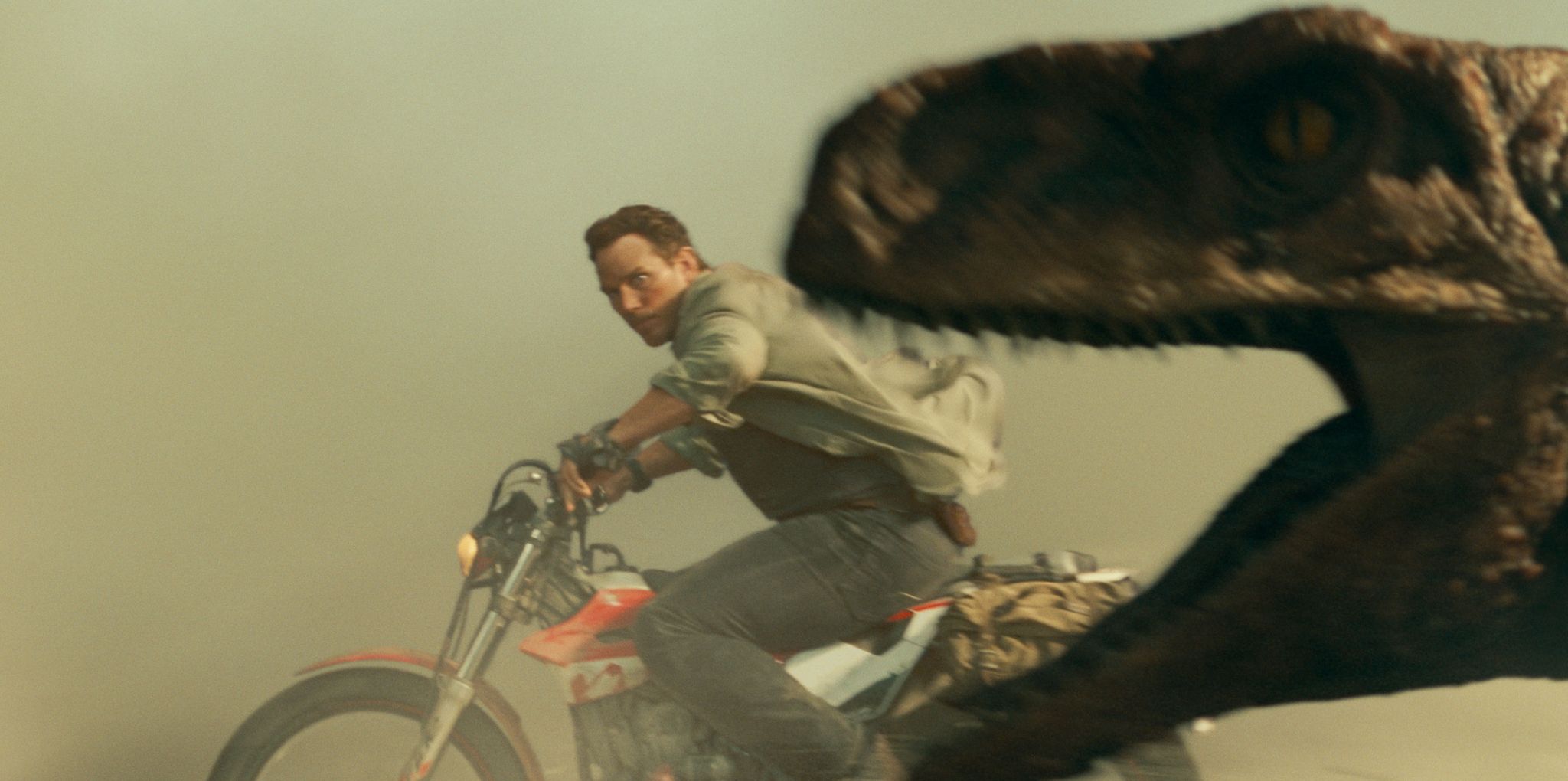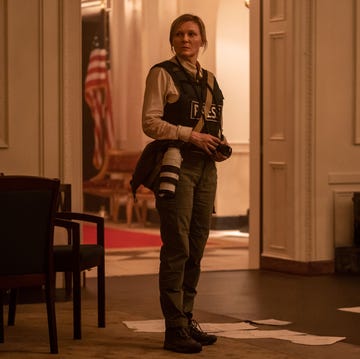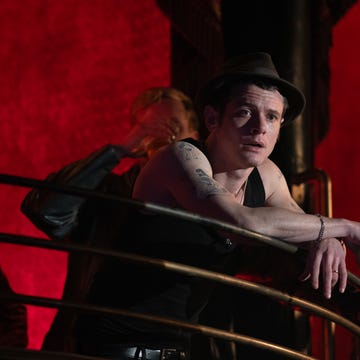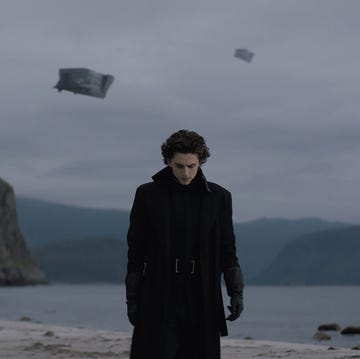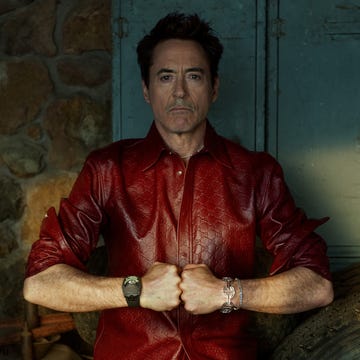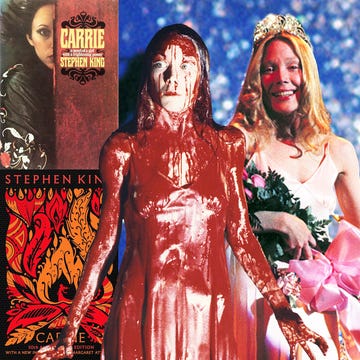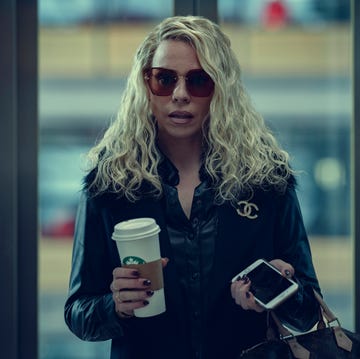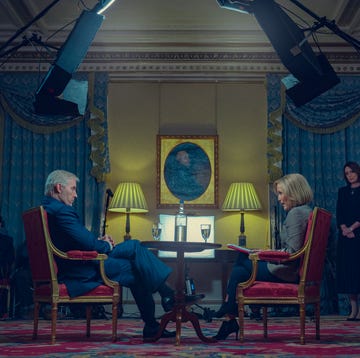A few decades ago, a film about dinosaurs, which muses on courage and family and the virtues of sticking together, opened to critical praise (The Washington Post commented that the “emotionally rich” film contained “touches of beauty”) and box office success. Ostensibly for children but with enough charm to win over adults, the film would spawn decade-spanning sequels, of wildly different quality, as is usually the way with such things. That film was The Land Before Time. Perhaps the animated feature, about dinosaurs just trying to stay alive, whet cinema-goers’ appetites. Five years later, one of its executive producers, Steven Spielberg, released another dinosaur picture (this time, as a director) which would take our hunger for the prehistoric to new heights.
Jurassic Park, based on American author Michael Crichton’s 1990 novel of the same name, goes big on dinosaurs. Big ones, small ones, fast ones. Ones that eat humans, ones that eat leaves. Cute ones, ferocious ones. Around them are humans: John Hammond (Richard Attenborough), palaeontologist Alan Grant (Sam Neill) and pableobotanist Ellie Sattler (Laura Dern). And cynical chaotician – though, really, could a chaotician really be anything else? – Ian Malcolm (Jeff Goldblum). Hammond has found a way to clone dinosaurs from DNA in fossilised mosquitoes, and then had the savvy to create a theme park for these creations. Initial wonder gives way to widespread terror when the film’s antagonist, the Tyrannosaurus rex, escapes its paddock. On its debut weekend, the film made more money than any other in history. Over its initial run, it raked in over $900 million.
Rewatching the blockbuster in 2023, what surprises most is its homeliness. The film was shot on the Hawaiian island Kaua’i: intimate nature shots and real-life storms (footage from Hurricane Iniki made it into the film) give the blockbuster a lived-in feel, as though it were your dad’s holiday recording, if your dad were an Oscar-winning director. The movie’s ideas – of nature vs. man, capitalist greed, the responsibility of science – are intellectual enough to sell the premise, but not deep enough to distract from the main action. Which are the dinosaurs.
Spielberg’s stars delight and disturb. 30 years later, Jurassic Park’s visuals look dated, but not nearly as dated as CGI from ten years ago, largely thanks to the emphasis on animatronics and Spielberg’s light touch. The film’s most memorable scene, in which Sattler treats a sick Triceratops, is certainly more lifelike and definitely more moving than any other film in the franchise. Still, it is weird. Dinosaurs are weird. It is both a help and hindrance that no person has encountered a dinosaur. They seem uncanny because, uh, who knows what a Triceratops was actually like (scaly, I guess?). But if you buy into these creatures, and the real-life human actors sure as hell sell the experience, the film is a beguiling ride.
Four years later, Spielberg returned with The Lost World: Jurassic Park, keeping Goldblum and a bit of Attenborough, losing Neill and Dern, and adding Julianne Moore (as palaeontologist and Malcolm’s girlfriend Sarah Harding). Nothing here is as instantly iconic as a T.rex chomping on a loo-bound lawyer or the quivering plastic cups of water, but there are some nice Spielberg touches. Pete Postlethwaite – these films adore a morally-ambiguous English person – adds much-needed mystery as a big game hunter. A third film, 2001’s Jurassic Park III directed by Joe Johnston, cut Goldblum and returned Neill to the mix. With a much tighter focus and concise running time, that final instalment is watchable paint-by-numbers. It would be wrong to call these two films failures – The Lost World is at least an interesting failure – but audience and critical expectations dwindled. Jurassic Park III took in just a third of the original’s box office. The magic, a little like an asteroid hurtling towards Earth, was reaching its final destination. Or at least, so we thought.
If you wanted to make the case that Hollywood has run out of ideas, you would cite 2015 as evidence. The highest-grossing movies were reboots (Star Wars: The Force Awakens), sequels (Fast & Furious somehow reached its seventh instalment), and the final gasp of young adult franchises (Jennifer Lawrence finally bade adieu to dystopia in The Hunger Games: Mockingjay – Part 2). And so Jurassic Park, not extinct just dormant, was resurrected.
At the start of Jurassic World, a control room worker Lowery Cruthers (played by Jake Johnson), who works at a functional dino-park, buys a vintage T-shirt emblazoned with the logo from the Jurassic Park’s ill-fated theme park. His boss, this film’s hard-nosed heroine Claire Dearing (Bryce Dallas Howard), tells him it’s a little inappropriate. “That first park was legit, I have a lot of respect for it,” Cruthers says. “They didn’t need these genetic hybrids, they just needed dinosaurs, real dinosaurs.” Ostensibly he is discussing the film’s villain Indominus Rex, a genetic splicing of T. Rex, Velociraptor and others, but it’s also a winking admission from the filmmakers: “We get why franchises suck, but at least we are self-aware.” Unfortunately for the film, and its sequels 2018’s Jurassic World: Fallen Kingdom and 2022’s Jurassic World: Dominion, the comment is a little too close. There’s not much to respect here.
Plonking the dinosaurs in a theme park with actual visitors injects some life. Howard is game, and even Chris Pratt, who plays this trilogy’s hero, Owen Grady, is tolerable. But these films just look horrendous, plastic as a McDonald’s toy and as throwaway too. They are also boring. So boring. Boring in ways you cannot imagine. There are no jokes, no scares, no stakes. The over-saturated visuals are off, the dialogue is flat. The pacing is killer. One deeply strange thing about all the sequels is just how long the set-up is each time: you would think, given the familiarity of characters and concept, that we might just be able to jump straight in. That final film has more animatronic dinosaurs than any other in the franchise. You wouldn’t know it. The scale of these films is so big – “park” to “world” was a fatal expansion – that everyone appears cataclysmic, which in turn makes everything feel pointless. Jurassic World films insult senses, intelligence, the very concept of a summer blockbuster. Naturally, they each earned over $1 billion.
How fondly we remember the original is not just a symptom of nostalgia: the film is inventive, warm, sweeping. Sharp thrills and a soft touch. And sure, the franchise mirrors the trajectory of most blockbusters’ decline over the last few decades: overreliance on CGI, underappreciation of risk, exactly zero memorable characters. I was trying to work out why it is so dull to watch the water-dwelling Mosasaurus jump up and a strung-up shark, as we do in Jurassic World. This is supposed to be thrilling! The on-screen audience find it thrilling – even the sullen, horny teenager is thrilled! It is incredibly boring. The visuals do not wow but alienate; the staging of the scene – in which a dinosaur jumps up and eats a shark – is so dull you’d think the dinosaur came up with it. But perhaps there’s another problem here: dinosaurs.
They are not particularly compelling. Childlike awe emanates from the screen when Dern, Neill and Goldblum first set eyes on the roaming Brachiosaurus. Just enough horror comes later. Once that card has been played, it’s dodgier territory. Spielberg’s investment in the characters and visual inventiveness sustains the initial interest for a movie and a little into a second. But by the time the second trilogy comes around, that revelation is difficult to ignore. The tone shifts from warm-hearted horror to airless action thriller in a bid to hold our attention. And those freakish hybrids are the ultimate admission of defeat. If you have to make up new versions of creatures no one has ever seen before, you should probably find a new subject matter.
Jurassic Park achieved exactly what it set out to do. While watching the film, you are witnessing the birth of a merchandise line: dinosaurs on T-shirts, dinosaurs on lunchboxes. A roller coaster, Jurassic Park: The Ride, opened at Universal Studios in 1996. When a film makes that much money, it’s impossible not to have a sequel. And another one, and another after that. Life finds a way; so does Hollywood. If only the latter had some of the former’s sense of surprise.
Henry Wong is a senior culture writer at Esquire, working across digital and print. He covers film, television, books, and art for the magazine, and also writes profiles.

